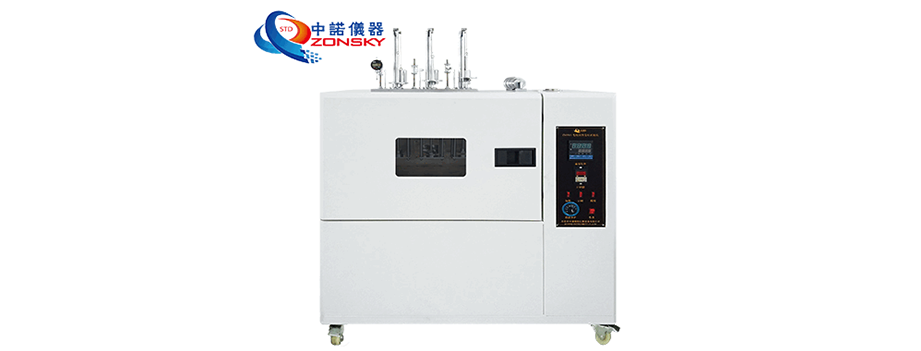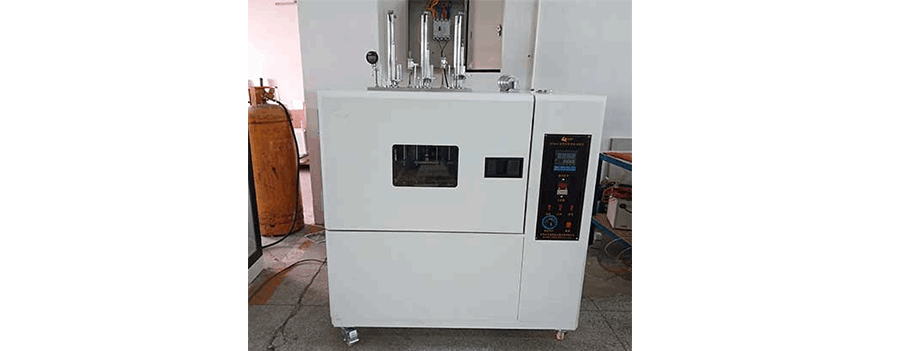Wire and cable Testing Equipment plays a vital role in ensuring the reliability and safety of electrical systems. These testing devices are designed to evaluate the performance and characteristics of wires and cables, allowing for accurate measurements, diagnostics, and quality control. In this essay, we will explore three types of wire and Cable Testing Equipment: insulation resistance testers, cable fault locators, and capacitance and dissipation factor test sets. We will discuss the functionality and importance of each equipment in ensuring the integrity of wire and cable installations.

1. Insulation Resistance Testers:
Insulation resistance testers are instrumental in evaluating the integrity of wire and cable insulation. These testers measure the resistance offered by insulation material, providing an indication of its quality and ability to resist current leakage. Insulation resistance testing is crucial as it helps detect potential faults, such as insulation breakdown, moisture ingress, or damage due to aging or environmental factors.
Insulation resistance testers work by applying a high DC voltage to the wire or cable being tested and measuring the leakage current. The higher the resistance, the better the insulation quality. These testers typically provide accurate measurements and can identify insulation weaknesses before they lead to system failures or hazards like short circuits or electrical shocks. Regular insulation resistance testing helps prevent costly downtime and ensures the safety and reliability of electrical systems.
2. Cable Fault Locators:
Cable fault locators are specialized devices used to identify faults or damages in underground or buried cables. These faults may result from factors such as insulation breakdown, conductor damage, moisture ingress, or physical stresses. Cable fault locators help pinpoint the exact location of these faults, facilitating quick and efficient repairs.
These devices utilize various diagnostic techniques to detect cable faults. Time Domain Reflectometry (TDR) is commonly used, where the instrument sends a signal down the cable and measures the reflections caused by impedance changes at the fault location. The measured reflections are then analyzed to determine the fault distance. Advanced fault locators may incorporate additional features like pre-location methods or power cable identification capabilities.
Cable fault locators significantly reduce both downtime and the cost associated with cable repairs. They enable technicians to precisely locate faults, minimizing excavation and ensuring accurate repair work. By quickly identifying cable faults, these devices improve the reliability and longevity of wire and cable systems.

3. Capacitance and Dissipation Factor Test Sets:
Capacitance and dissipation factor test sets are essential in evaluating the insulation quality of high-voltage cables. These devices measure the capacitance and dissipation factor (tan delta) of cable insulation, providing valuable insights into its dielectric properties and potential weaknesses.
Capacitance and dissipation factor tests help identify issues such as moisture ingress, aging, or contamination within the cable insulation. By measuring the capacitance and tan delta, these test sets can determine the insulation's ability to store energy and dissipate it efficiently. Deviations from standard values indicate potential problems, allowing for targeted maintenance or replacement of faulty cables.
The precise measurements provided by capacitance and dissipation factor test sets aid in the early detection of insulation degradation, ensuring the safety and reliability of high-voltage cable systems. Regular testing with these devices helps prevent catastrophic failures and facilitates proactive maintenance, reducing the likelihood of costly downtime.
In conclusion, wire and cable Testing Equipment plays a crucial role in ensuring the integrity and safety of electrical systems. The three types of equipment discussed - insulation resistance testers, cable fault locators, and capacitance and dissipation factor test sets - provide essential functionalities for evaluating the quality, detecting faults, and assessing the condition of wire and cable installations. By utilizing these testing devices, engineers and technicians can accurately diagnose and mitigate potential problems, minimizing downtime, improving system reliability, and ensuring the longevity of wire and cable installations.
 WhatsApp:
WhatsApp: Mobile Phone:
Mobile Phone: Contact Now
Contact Now